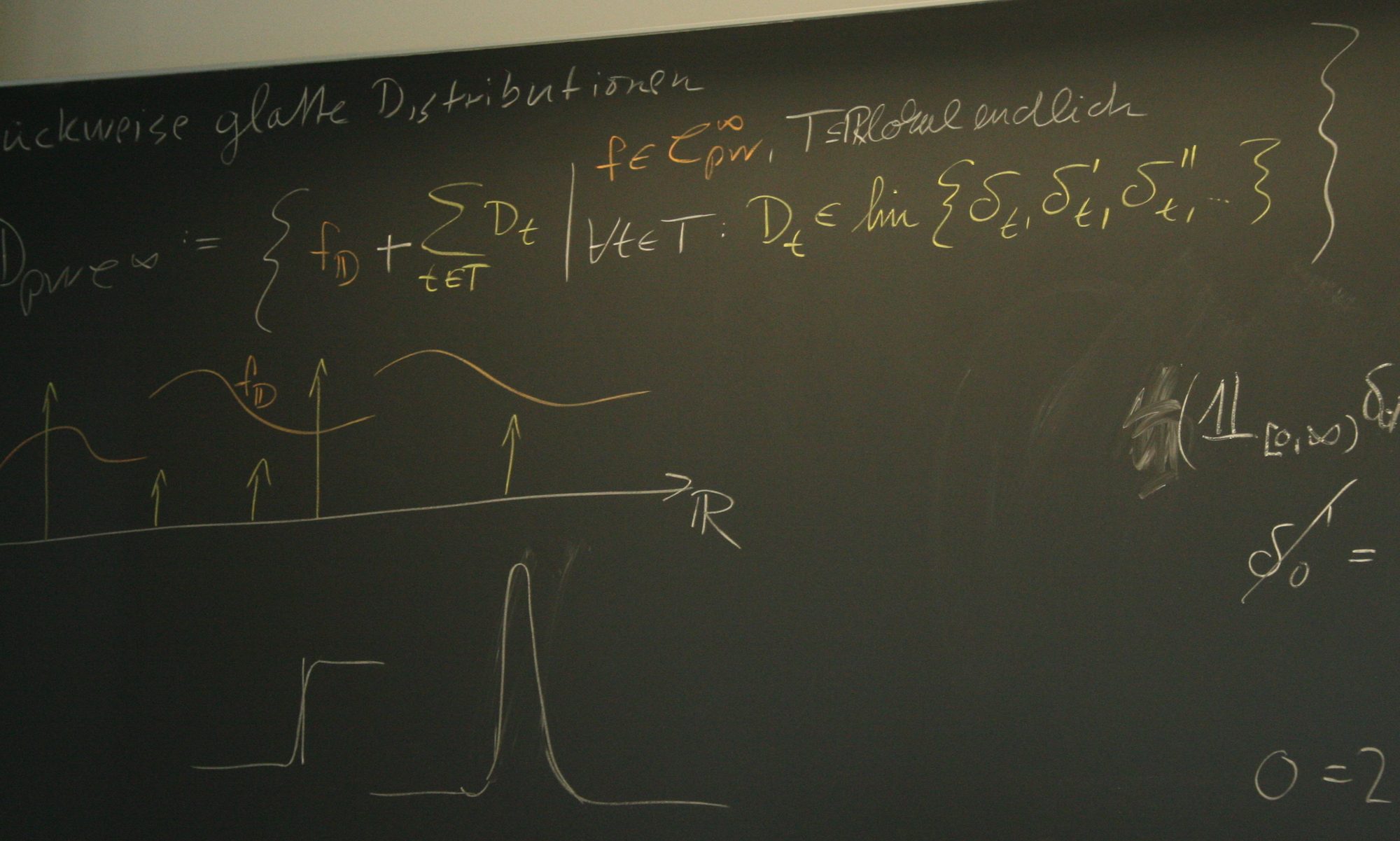2025
|
Cimpean, Radu; Trenn, Stephan Utilizing discontinuous piecewise Lyapunov function for a biological PWA system and extending the analysis via input-to-state type stability Proceedings Article In: Proc. 23rd European Control Conference (ECC 2025), pp. 194-200, EUCA IEEE, Thessaloniki, Greece, 2025. @inproceedings{CimpTren25,
title = {Utilizing discontinuous piecewise Lyapunov function for a biological PWA system and extending the analysis via input-to-state type stability},
author = {Radu Cimpean and Stephan Trenn},
url = {https://www.paperhost.org/proceedings/controls/ECC25/files/0230.pdf, Paper
https://stephantrenn.net/wp-content/uploads/2024/08/Preprint-CT250515.pdf, Preprint},
year = {2025},
date = {2025-06-25},
urldate = {2025-06-25},
booktitle = {Proc. 23rd European Control Conference (ECC 2025)},
pages = {194-200},
publisher = {IEEE},
address = {Thessaloniki, Greece},
organization = {EUCA},
abstract = {We study a piecewise affine (PWA) model of the spiking of neurons located in a subsystem of the olfactory system. Our longterm goal is to understand the stability properties of a network of such neurons and as a first step towards this goal we consider the simplest case of the interaction between two types of neurons (excitatory and inhibitory). Due to the discontinuous nature of the PWA model, it is challenging to find a continuous Lyapunov function, we therefore utilize a recently proposed constructive method to find a discontinuous Lyapunov function. In order to utilize this method, it is necessary to define a suitable polyhedral partition of the state-space and carefully investigate the dynamics at the boundaries. As an additional step, we propose extending the analysis by employing tools from the input-to-state (ISS) stability framework.},
keywords = {ISS, LMIs, Lyapunov, neural-networks, stability, switched-systems},
pubstate = {published},
tppubtype = {inproceedings}
}
We study a piecewise affine (PWA) model of the spiking of neurons located in a subsystem of the olfactory system. Our longterm goal is to understand the stability properties of a network of such neurons and as a first step towards this goal we consider the simplest case of the interaction between two types of neurons (excitatory and inhibitory). Due to the discontinuous nature of the PWA model, it is challenging to find a continuous Lyapunov function, we therefore utilize a recently proposed constructive method to find a discontinuous Lyapunov function. In order to utilize this method, it is necessary to define a suitable polyhedral partition of the state-space and carefully investigate the dynamics at the boundaries. As an additional step, we propose extending the analysis by employing tools from the input-to-state (ISS) stability framework. |
Cimpean, Radu; Trenn, Stephan; Sterk, Alef Utilizing discontinuous piecewise Lyapunov function for a biological PWA system and extending the analysis via input-to-state stability Miscellaneous Book of Abstracts - 44th Benelux Meeting on Systems and Control, 2025. @misc{CimpTren25m,
title = {Utilizing discontinuous piecewise Lyapunov function for a biological PWA system and extending the analysis via input-to-state stability},
author = {Radu Cimpean and Stephan Trenn and Alef Sterk},
url = {https://stephantrenn.net/wp-content/uploads/2025/09/CimpTren24m.pdf, Abstract
https://www.beneluxmeeting.nl/2025/uploads/papers/boa.pdf, Book of Abstracts},
year = {2025},
date = {2025-03-18},
urldate = {2025-09-18},
howpublished = {Book of Abstracts - 44th Benelux Meeting on Systems and Control},
keywords = {ISS, LMIs, neural-networks, stability, switched-systems},
pubstate = {published},
tppubtype = {misc}
}
|
2024
|
Cimpean, Radu; Trenn, Stephan Determining a piecewise Lyapunov function for a biological piecewise affine system Miscellaneous Book of Abstracts - 43rd Benelux Meeting on Systems and Control, 2024. @misc{CimpTren24m,
title = {Determining a piecewise Lyapunov function for a biological piecewise affine system},
author = {Radu Cimpean and Stephan Trenn},
url = {https://stephantrenn.net/wp-content/uploads/2025/09/CimpTren24m.pdf, Abstract
https://www.beneluxmeeting.nl/2024/uploads/bmsc/boa2024.pdf, Book of Abstracts
},
year = {2024},
date = {2024-03-26},
urldate = {2024-03-26},
howpublished = {Book of Abstracts - 43rd Benelux Meeting on Systems and Control},
keywords = {neural-networks, stability, switched-systems},
pubstate = {published},
tppubtype = {misc}
}
|
2008
|
Trenn, Stephan Multilayer perceptrons: approximation order and necessary number of hidden units Journal Article In: IEEE Transactions on Neural Networks, vol. 19, no. 5, pp. 836–844, 2008, ISSN: 1045-9227. @article{Tren08a,
title = {Multilayer perceptrons: approximation order and necessary number of hidden units},
author = {Stephan Trenn},
url = {http://stephantrenn.net/wp-content/uploads/2017/09/Preprint-Tre071012.pdf, Preprint},
doi = {10.1109/TNN.2007.912306},
issn = {1045-9227},
year = {2008},
date = {2008-05-01},
journal = {IEEE Transactions on Neural Networks},
volume = {19},
number = {5},
pages = {836--844},
abstract = {This paper considers the approximation of sufficiently smooth multivariable functions with a multilayer perceptron (MLP). For a given approximation order, explicit formulas for the necessary number of hidden units and its distributions to the hidden layers of the MLP are derived. These formulas depend only on the number of input variables and on the desired approximation order. The concept of approximation order encompasses Kolmogorov-Gabor polynomials or discrete Volterra series, which are widely used in static and dynamic models of nonlinear systems. The results are obtained by considering structural properties of the Taylor polynomials of the function in question and of the MLP function.},
keywords = {neural-networks},
pubstate = {published},
tppubtype = {article}
}
This paper considers the approximation of sufficiently smooth multivariable functions with a multilayer perceptron (MLP). For a given approximation order, explicit formulas for the necessary number of hidden units and its distributions to the hidden layers of the MLP are derived. These formulas depend only on the number of input variables and on the desired approximation order. The concept of approximation order encompasses Kolmogorov-Gabor polynomials or discrete Volterra series, which are widely used in static and dynamic models of nonlinear systems. The results are obtained by considering structural properties of the Taylor polynomials of the function in question and of the MLP function. |

